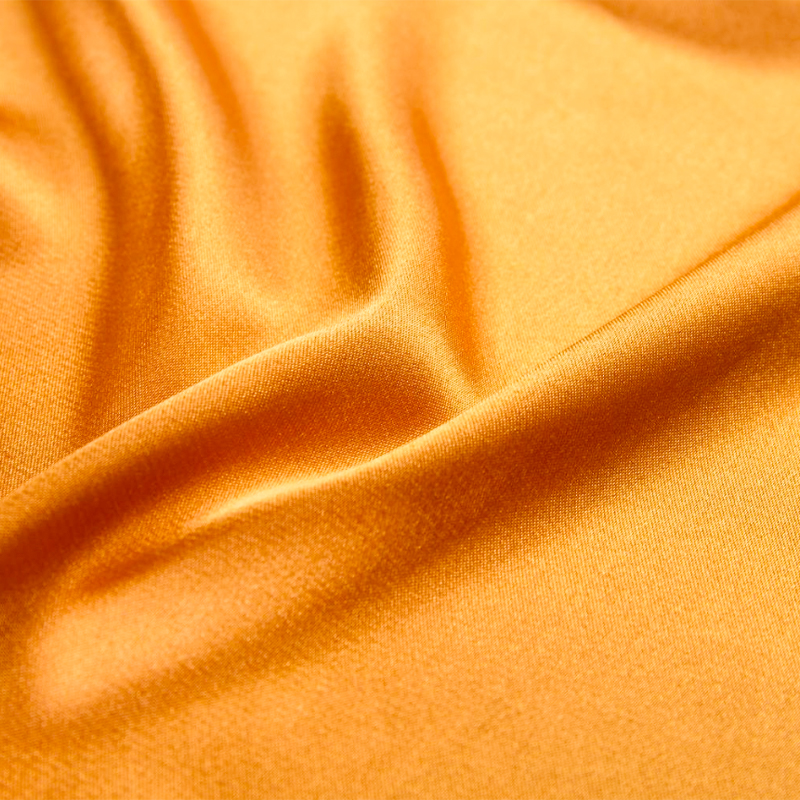Satin fabric itself does nothing to prevent slipping tendencies. Seam slippage is possible with any form of fabric, including satin.
Seam slippage is when threads are pulled apart along a seam due to tension or pressure on the fabric. This usually happens when the fabric is put under pressure, causing the threads to slip off each other and destroy the integrity of the seam.
To prevent or reduce seam slippage in satin cloth fabrics, a number of techniques can be used during manufacturing:
Reinforcement: Reinforcement in seam areas can help distribute stress and prevent slipping. This can be accomplished by using a lining, underlay, or backing fabric in these areas.

Proper Sewing Technique: Using the right stitch type and thread tension is crucial. Stronger stitches, such as backstitching or topstitching, can help provide extra strength to the seam. Additionally, using a shorter stitch length can help prevent the thread from slipping through the fabric.
Backstitching: Backstitching at the beginning and end of a seam can help secure the seam and prevent slipping.
Seam Treatment: Using the right seam treatment, such as hemming, zigzag stitching, or French seams, can add extra strength to your seams and reduce the chance of seam slippage.
Handle the fabric with care: Satin fabric is delicate and smooth, so proper handling is necessary during cutting, pinning, and sewing to avoid twisting or stretching the fabric, which can cause seams to slip.
By implementing these techniques, seam slippage can be minimized, helping to maintain the integrity and longevity of seams in satin fabrics or any other type of fabric.
.jpg?imageView2/2/format/jp2)






.jpg?imageView2/2/format/jp2)

.jpg?imageView2/2/format/jp2)

